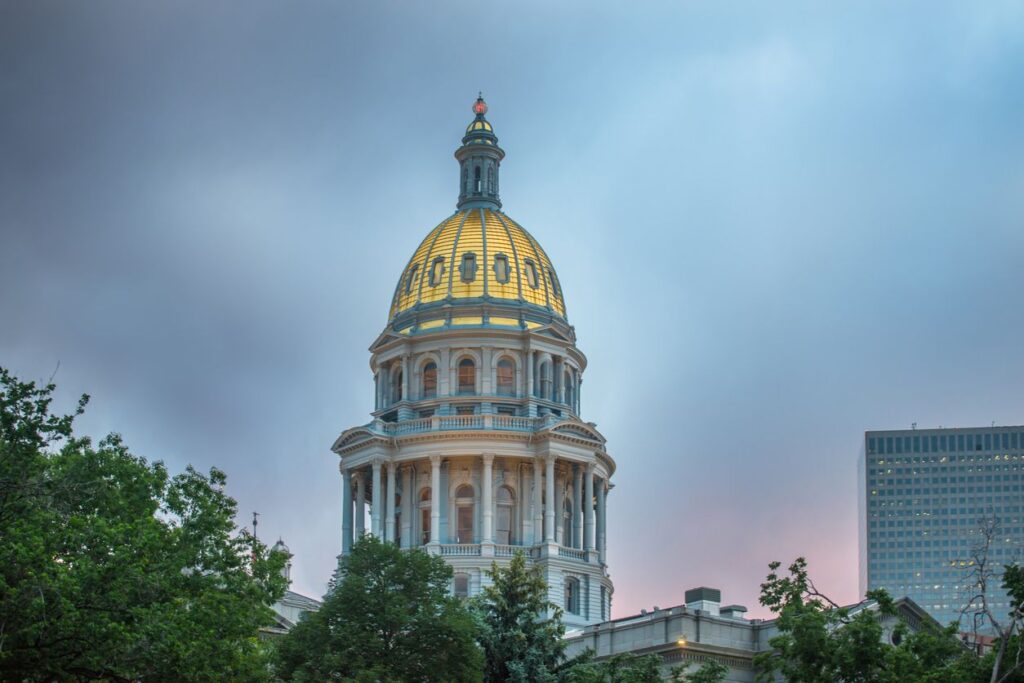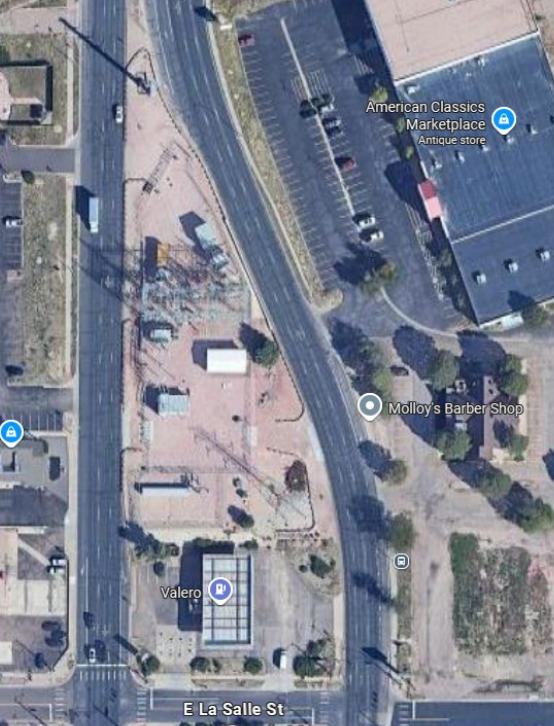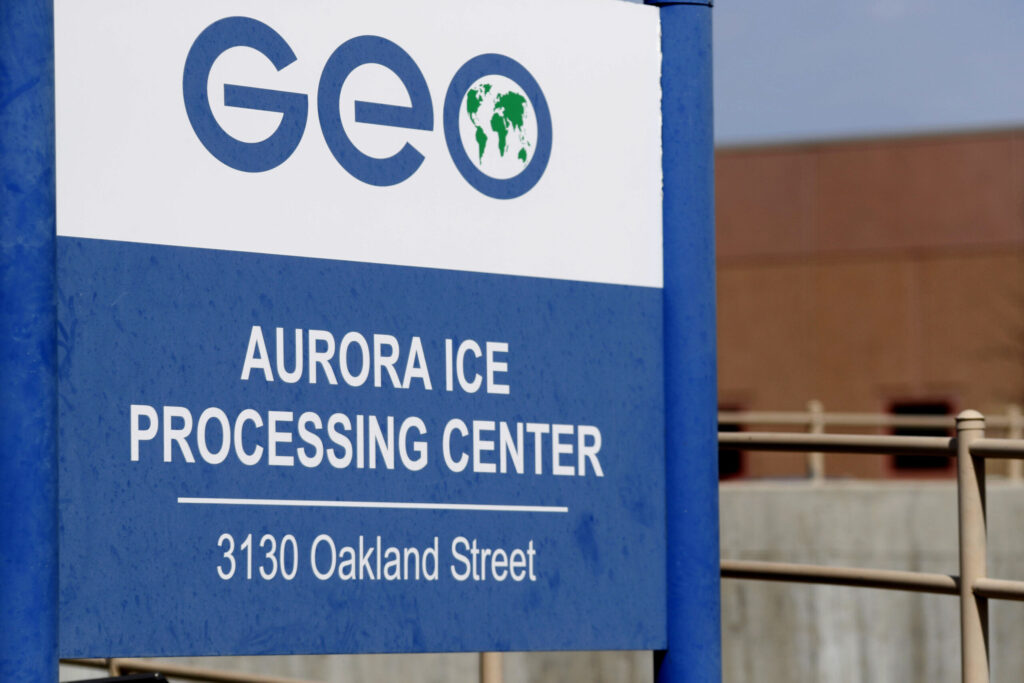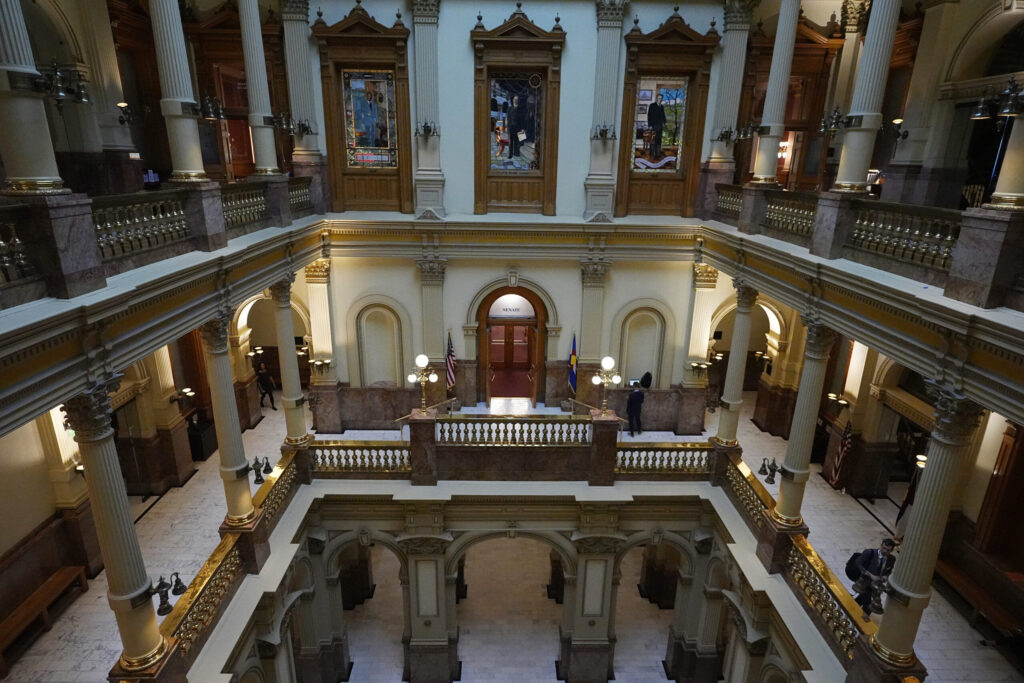Rural Reckoning | Front Range counties dominate Colorado’s population and political influence
To Paul Lundeen, the numbers reveal the truth about how well Colorado’s 53 rural counties are represented — or not — at the state Capitol, particularly when compared to the 11 most populous counties that hold the most influence.
Lundeen, who recently served as the minority leader in the state Senate and resigned in June for a new job in Washington, D.C., said these figures have a direct bearing on which issues get primary consideration and what policies ultimately get adopted.
He lamented the lack of representation for rural Colorado at the state Capitol, which he attributed to elected leaders coming from the urban Front Range.
That, he said, is the direct result of their larger voter bases — and it has ramifications for the rest of the state.
“It is not just observation, it’s a fact,” Lundeen said. “The Colorado population is concentrated in Denver and the Front Range. That means the House and Senate representation is going to be centered there.”
The Front Range comprises just 11 counties, but they collectively account for approximately 85% of Colorado’s total population. Front Range counties include Adams, Arapahoe, Boulder, Denver, Douglas, El Paso, Jefferson, Larimer, Weld, Pueblo and Broomfield.
In 2025, Colorado’s population is expected to be just over six million people. Of that, 4.9 million souls live along the Front Range.
The population for the remaining 53 counties across the state stands at just above a million.
While Denver is the capital, El Paso County has surged to the top of the counties in growth over the last 20 years, with a projected population of 751,453 this year. Denver has a population of 722,825 people.
The state’s smallest counties include Hinsdale at 753 people, San Juan County with 794, Mineral County with 970, and Kiowa County at 1,284.
“There are rural communities in Colorado where we likely have more antelope than people,” Lundeen said.
The population disparities along the Front Range and in rural Colorado also manifest at the ballot box.
According to the latest numbers from the Secretary of State’s office, there are nearly 4.1 million active registered voters in Colorado; of those, 3.9 million live in Front Range counties.
Lundeen said something must be done to tip the scale so rural populations get better representation, while insisting that the federal government does a better job of doing that than Colorado’s state structure.
For example, Lundeen noted that the U.S. Senate comprises two senators from each state, which means Wyoming and South Dakota have as much political power as New York. However, in Colorado, representatives from 11 counties are making all the decisions for the entire state, resulting in rural areas being shortchanged, he said, in roads, healthcare and housing, just to name a few.
Sen. Cleave Simpson, who is taking Lundeen’s place as the Republican minority leader, agreed that political influence is imbalanced when only five House representatives focus on rural Colorado, but another 30 solely concentrate on urban needs.
Simpson said water is a perfect example of state leadership not protecting rural Colorado.
“I think with the broad brush approach, (rural Colorado) feels left behind,” Simpson said. “I truly believe the climate is changing, and there’s not much value in debating at length why, just recognizing that, as water supplies diminish, demand continues to grow in urban centers and the Front Range (and) the pressure is put on rural Colorado.”
Simpson pointed to instances like Douglas County’s unsuccessful efforts a few years ago to pipe water from the San Luis Valley. In other cases, Front Range counties and cities are quietly buying rights to rural water supplies, Simpson said.
For statewide ballot measures, rural Colorado also tends to get outvoted.
In 2020, Colorado voters approved a wolf reintroduction program and wildlife officers brought the first batch of the apex predators to the state late in 2023. Today, the program primarily affects ranchers and farmers, but it was Front Range voters who decided the outcome — rural counties adamantly opposed the reintroduction.
Power beyond the state legislature — the attorney general, governor, and secretary of state — is just as concentrated among urban leaders, according to Lundeen.
It becomes an out-of-sight, out-of-mind scenario for rural Colorado, he said, pointing to, among other issues, water struggles and the growing shortage of firefighters, which could spell disaster if a wildfire were to strike in a rural community.
“You have (lawmakers) bringing legislation like adding bike lanes to the floor, which makes no sense in rural Colorado,” Lundeen said. “There is a complete lack of cultural understanding when it comes to our rural needs.”
He added: “(Lawmakers) need to visit these regions and get a true understanding. Maybe if they work to become aware of the problems, they will work to fix them.”
“If you are going to hold a state office, you need to be spending time in all four corners of the state,” Lundeen also said. “You need to be willing to get out and understand their lived experiences.”
Simpson agreed, noting that he has made progress in getting urban lawmakers from the state legislature to visit his farm, including Senate President James Coleman.
Colorado Politics Must-Reads:











